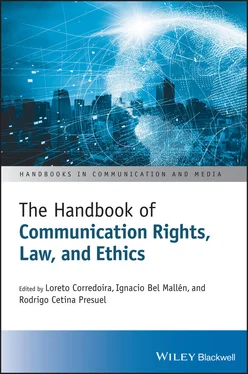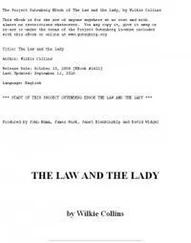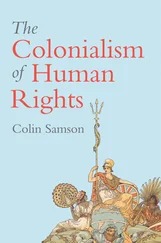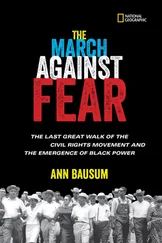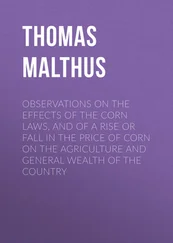1 Everyone has the right to freedom of thought and expression. This right includes freedom to seek, receive, and impart information and ideas of all kinds, regardless of frontiers, either orally, in writing, in print, in the form of art, or through any other medium of one’s choice.
2 The exercise of the right provided for in the foregoing paragraph shall not be subject to prior censorship but shall be subject to subsequent imposition of liability, which shall be expressly established by law to the extent necessary to ensure:respect for the rights or reputations of others; orthe protection of national security, public order, or public health or morals.
3 The right of expression may not be restricted by indirect methods or means, such as the abuse of government or private controls over newsprint, radio broadcasting frequencies, or equipment used in the dissemination of information, or by any other means tending to impede the communication and circulation of ideas and opinions.
4 Notwithstanding the provisions of para. 2 above, public entertainments may be subject by law to prior censorship for the sole purpose of regulating access to them for the moral protection of childhood and adolescence.
5 Any propaganda for war and any advocacy of national, racial, or religious hatred that constitute incitements to lawless violence or to any other similar action against any person or group of persons on any grounds including those of race, color, religion, language, or national origin shall be considered as offenses punishable by law.
For African nations, the document of reference is the African Charter on Human and People’s Rights. It was written by a group of experts appointed by the Organization of African Unity (OAU). In 1981, the draft was approved unanimously at the 18th Assembly of the OAS, and it entered into force in 1986. Articles 8 to 11 contain provisions related to freedom of expression (freedom of religion, assembly, and association), with Article 9 recognizing an individual right to share information and to express and disseminate opinions “within the law.”
Among Arab-speaking countries, an Arab Charter on Human Rights was agreed at the League of Arab States on September 15, 1994, but no member state ratified it. The charter was updated in 2004 and entered into force in 2008, when seven members of the League of Arab States ratified it. Article 26 affirms: “Everyone has a guaranteed right to freedom of belief, thought and opinion.”
Finally, one must say that human rights law and human rights theory are very much alive and continue to develop around the world. Authors like Nussbaum, centering their theories around human dignity and the universality of what makes us “truly human” (2003, p. 41), propose that governments should ensure that people develop essential human capabilities that allow us to use our minds, imaginations, and thoughts “in ways protected by guarantees of freedom of expression” (Nussbaum 2003, p. 41) and that allow us to “participate effectively in political choices that govern one’s life” (Nussbaum 2003, p. 42). For this, communication rights must not only be guaranteed but actively fostered by states.
Conclusion: The UDHR as the Basis for Modern Communication Rights
This chapter began by analyzing the concept of freedom as a basis and foundation for human activity, particularly in the field of communication and, more precisely, information. With the struggle to ensure that states recognized rights and guaranteed the freedom to exercise them rather than simply granting limited rights to citizens, communication ceased to be regarded simply as an attribute of freedom and instead became the object of bona fide communication rights. Humankind’s tenacity gave rise to successive and ever more complete declarations of the essential rights that make one human.
The UDHR invoked freedom as a natural support for the right to information. This chapter concludes with a focus on that document as a foundation for communication rights, as well as the foundation for a set of legal and ethical norms that led to the development of what is conceptualized here as subject, object, and contents. This was an essential step forward in the characterization of communication as a right.
As pointed out, the UDHR is a text that has ethical authority but no legal support or guarantees of legal implementation. Some might have thought this would pose a challenge to the formulation of communication rights. Nothing could be further from the truth, since the declaration has contributed to the progressive constitutionalization of this right in countries with a Napoleonic legal tradition, and it has served as a legal precedent to guide legal decisions about communication issues in countries with a common law tradition.
Analysis of the legal-informational communication reality in a broad range of countries, based on their constitutions and legislation, indicates that the internationality of communication rights is alive and well. Little by little, without hurry though also without pause, the image of a universal right to information is arising through the unified force of diverse national laws. This is a profound development of the guidelines laid down in the UDHR in 1948. It is natural to find opposition – even unconscious resistance – to the gradual global acceptance of the principles laid down in Article 19 of the UDHR. Such resistance can take on forms that even violate the contents of the article, but modern reality, technological advances, and the development of new communication systems are creating an unstoppable march toward universal laws that ensure the right to information.
This trajectory also reflects the importance of universal public opinion regarding the achievement of international communication rights in the sense that community ideas are internationally valid and can be shared among all peoples. Globalization strengthens the possibilities for universality and will undoubtedly contribute to universal communication rights. So do different approaches to human rights that link them to human capabilities that are, in turn, made universal by identifying the essentials of human dignity, of what makes us “truly human.”
This is reflected in the successive international declarations, such as the European Convention on Human Rights of 1950, the International Covenant on Civil and Political Rights of 1966, the Pact of Costa Rica of 1969, the African Charter on Human and Peoples’ Rights of 1986, and the Arab Charter of Human Rights of 2004. These documents refer to communication in practically the same terms as Article 19 of the UDHR. This highlights the importance of the UDHR in ensuring that countries around the world acknowledge the existence and importance of communication rights and other human rights and the aspiration that societies and political systems continue strengthening their commitment to the protection of these rights by respecting and implementing international and regional human rights treaties.
1 Abad, L. (2015). El derecho a la información en los textos universales (estudio del artículo 19 de la DUDH). In: Derecho de la Información. El ejercicio del derecho a la información y su jurisprudencia (ed. I. Bel and L. Corredoira), 49–68. Madrid: Centro de Estudios Políticos y Constitucionales.
2 Azurmendi, A. (2015). El proceso de la configuración del derecho y la Información. In: Derecho de la Información. El ejercicio del derecho a la información y su jurisprudencia (ed. I. Bel and L. Corredoira), 31–47. Madrid: Centro de Estudios Políticos y Constitucionales.
3 Castro Fariñas, J.A. (1970). De la libertad de prensa. Madrid: Fragua.
4 Desantes Guanter, J.M. (1974). La información como derecho. Madrid: Editora Nacional.
Читать дальше
